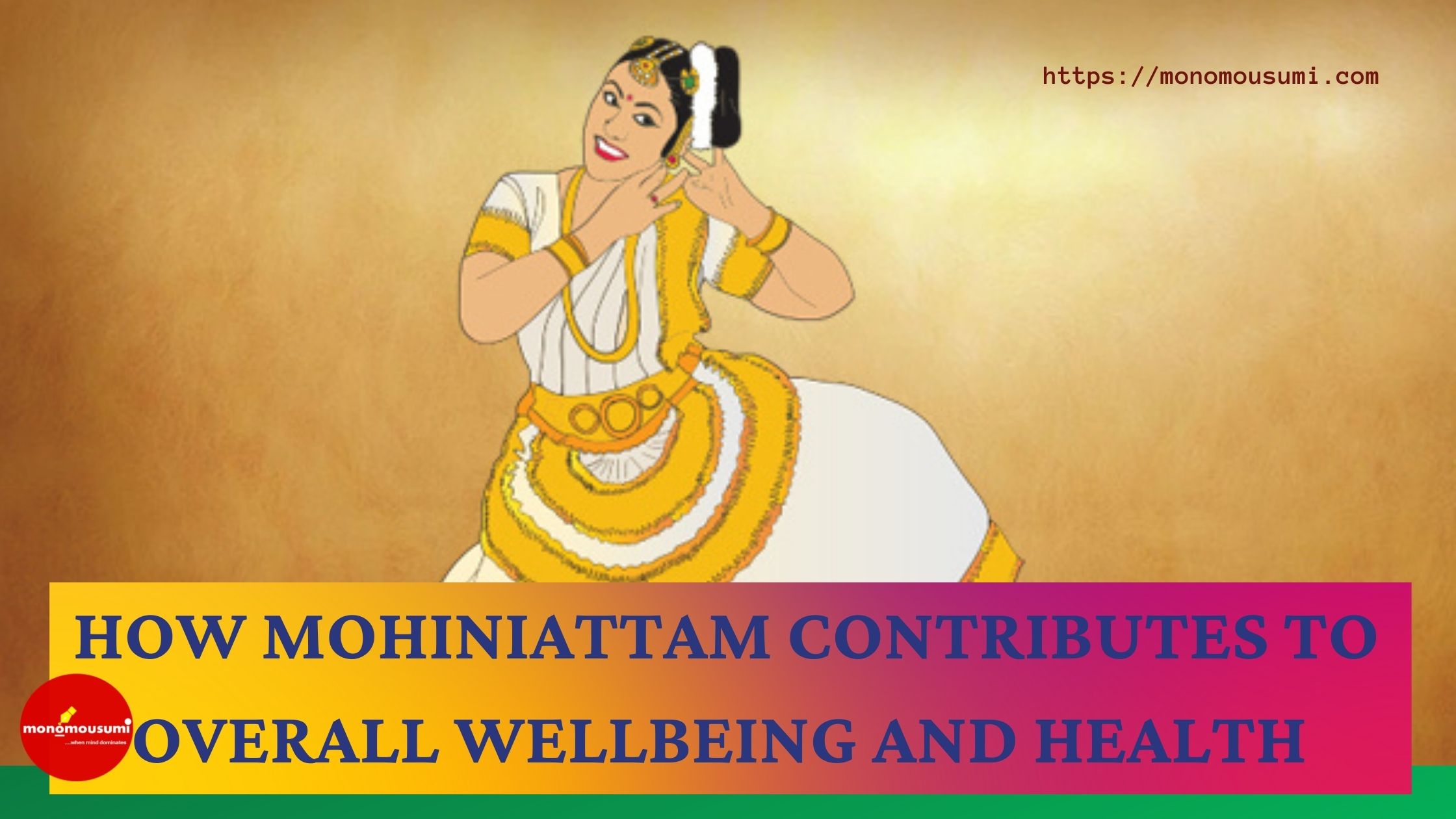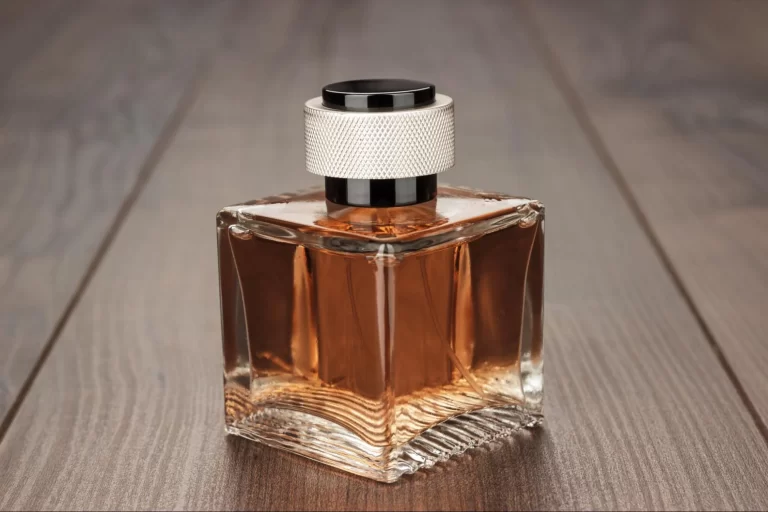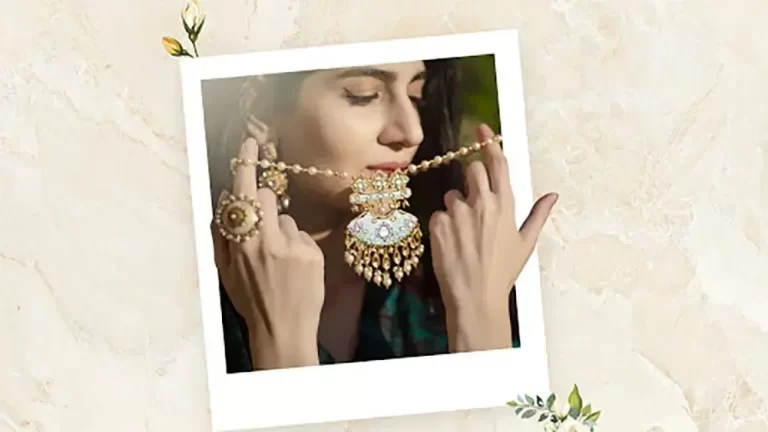
Mohiniattam is one of the most treasured classical dances of India. Originating from the “Land of the Gods”, Kerala.
Mohini is a divinely beautiful woman, who is a recurrent character in many Hindu mythological stories. One of the most popular being:
After Lord Shiva had defeated the demon Tripurasura, his wrath had to be cooled. On the behest of the asuras Lord Vishnu then meditated on devi and transformed himself into the beautiful enchantress, whom even Shiva wasn’t able to resist. The two then united to form the god Ayyappa.
Another popular story is that of the “Churning of the oceans”
An age-old rivalry is brought to light again when both the Devas and Asuras fight for the heavenly Amrit or nectar which has the power to make them immortal. This is when Vishnu transforms himself into Mohini and enchants the Asuras into giving her the Amrit which is then distributed amongst the devas until Rahu an Asura disguises himself as a Deva and tries to consume the Amrit, but before the Amrit reaches the asuras throat Vishnu decapitates with the Sudarshan Chakra.
The purpose of the above stories was to give an idea of Mohini’s character, what her personality and role was like because after all classical dance in India is a portrayal of ancient characters.
How does Mohiniattam contribute to the wellbeing of a person?
If someone has ever witnessed a live Mohiniattam performance it is as though the dancer is truly and enchantress floating in the air blissfully, but unfortunately or fortunately the reality is very different. It takes rigorous practice of many years to be able to bring in that essence of grace and divinity, but in those years of rigorous practice your physical and mental health gets shaped in such a way that no other dance form will be able to do so.
- Physical benefits of Mohiniattam
In this dance form the movements are focused or rather centered mainly around the core of your body, the genteel movements of the torso are what brings a sense of elegance to the dance. There is a theory which can explain the movements of this dance precisely. “Volution”, this is a movement in which the body is divided into two halves from the waist, the upper half and the lower half. While the lower half does according to the rhythm the upper half may be independent. In this dance form everything is in sync and the movement of the upper body is rounded. The main physical benefit is that an individual’s abdomen slowly over time gets strong and a certain balance is strike in the core of the person. As mentioned before since the movements are mostly rounded the dancers default stance is that of half sitting or aramandi, the individual’s glutes, quadriceps, hamstrings, adductors, shins, and calves all get toned. Since in multiple steps the dancer has to be on her toes one can improve the balance of their body and get well versed with their own body power.
When you are learning an Indian classical dance form from a teacher who is thorough in the art it can benefit a person well into old age. There are certain postures and positions that must be help properly if done so correctly ailments such as backpain and joint ache can be easily avoided but if not done correctly it may increase the chances of back problems hence it is important one learns from a teacher who is thorough in the art form as well as dedicated.
- Mental Health Benefits
Shri Padamshree awardee Bharati Shivaji once told me a story, that when she had gone to Bangalore to visit her old students who now had become gurus themselves, she was amazed to see a child diagnosed with down syndrome dancing very joyously. The student then also stated that she found Mohiniattam to be very therapeutic. The slow yet rigorous movements of Mohiniattam can often bring the mind peace. Mohiniattam is a temple dance of Kerala which means that an instrument unique to Kerala is used in this dance form. That instrument is the Idakka. The idakka is made of calf skin which gives it, it’s “bubbly” and “buoyant” sound. Its very beat can be extremely soothing and the thoughts racing in your mind all come to a slow stop.
- Contribution to lifestyle
If anyone wants to excel in any activity, they have to constantly keep up their practice for “Practice makes Perfect”. A misconception very widely spread is that one does not require a lot of effort or practice to be proficient in dance. A school teacher once very proudly stated to a Bharatanatyam student that “What’s the point of going on repeating the same dance steps again and again, it’s all a waste of effort”.
Basics in Indian classical must be repeated again and again because in one lifetime it is impossible to get any dance step perfect. This concept helps in improving an individual’s standard of life. We may not always get what we want or we may expect certain things from the world but are often left disappointed but that doesn’t mean that we don’t give it our best or keep working towards it. It also brings a sense of stability and continuity in your life.
In Mohiniattam your torso, legs, facial movements (abhinaya), eye movements and hand gestures(mudra) all needs to be in complete sync. For that to happen efficiently the dancer must always be aware and have focused on what she’s doing.
Dedication can take you a long way. If you are learning an Indian classical dance form you must have a certain degree of dedication to be able to go beyond what is just expected of you and gain many more health and lifestyle benefits.
People now have to start being aware on how practicing an Indian classical dance form like Mohiniattam can greatly affect your life in a positive way. Starting from a tender age as 7 or 8 can have many more long-term benefits.
Not only do these dance forms contribute to our health but also our country’s cultural wellbeing.
Dance needs to be recognized as an important activity which majorly contributes to a person’s health and lifestyle.
By Rukmani Mrinalini Sen, Delhi


